

It started its days as Project Eternity back in September 2012 on Kickstarter - a highly successful campaign that saw Obsidian Entertainment raise almost $4 million - and it's now known as Pillars of Eternity and is set for release in 2015. A throwback to the old Infinity Engine games if you will. And in many ways it's a return to the roots of the careers of many of the key Obsidian developers, including project director Josh Sawyer (lead designer on Icewind Dale II). We asked him what the journey with the game has been like so far.
"It's tricky to find the right balance between the nostalgia of the original Infinity Engine games and the expectations of a game made today. Since the Infinity Engine games debuted, AD&D has gone from 2nd Edition to 5th Edition, Neverwinter Nights (1 & 2) and all of their expansions have come and gone, as have all three Dragon Age games. Our backers' expectations run a broad range, from wanting us to stick tightly to the original formula to pushing for a variety of changes. Many of the decisions we make can occupy the middle ground between competing desires, but sometimes we have to make a choice that's going to strongly polarize players. It's a challenge, but I think we're making the right choices, overall."
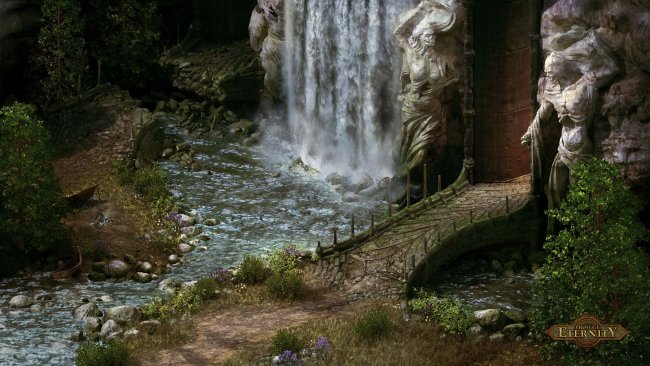
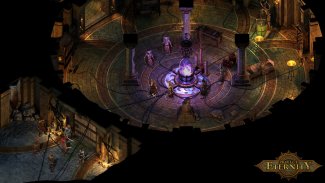
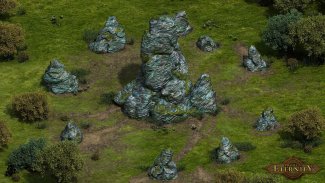
Working on a project so heavily influenced by past works isn't always simple, when we talked to Josh Sawyer back at E3 he provided some fascinating insights into how much things have changed when it comes to something as simple as weapons and armour.
"We went back to the late 90s and the style of art that was being developed in that era," he explained. "Which doesn't seem that long ago, but if you go back and look at a lot of that art, it doesn't look like the art that is developed for fantasy now."
"The style of weapons and armour was much more dressed down and practical; even the lines they used to construct the shapes of the armour were very different. The characters themselves seem less exaggerated, more subdued. The colour palettes are a little more muted, less super colourful and intense. So we went back, looked at all that, and a lot of that informed our colour palettes, silhouettes of characters, and the shape and materials used on their outfits. We tried to make something that looked more old fashioned and simple."
Another thing that sets the development of Pillars of Eternity apart from that of its predecessors is the public nature of a Kickstarter funded project. The backers have been involved and are part of the project. We asked if this has changed the development process and if so in what way.
"It can be hard to communicate at times because the backers see the game far in advance of when they normally would," says Sawyer. "We do our best to let people know that what they're seeing is a beta, but often the backers' expectations are still oriented around what they see in a released retail game. It's good to give them that insight and hands-on experience with the game (speaking of our Backer Beta, specifically), but the expectation barrier can be difficult to overcome. Even so, we get a lot of good feedback from the backers and do our best to make a great game for them."
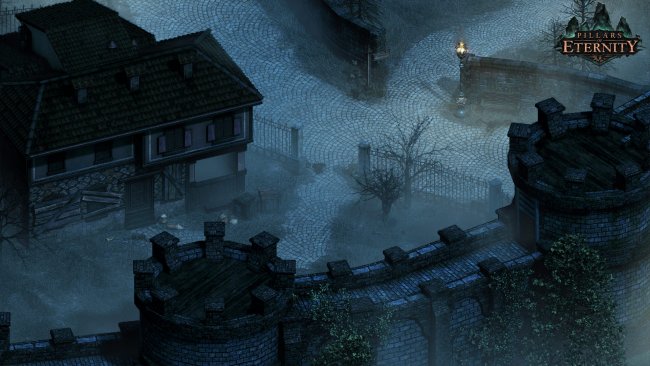
In spite of having promised Pillars of Eternity before the end of 2014, a decision was made to delay the game to still undisclosed date in 2015.
"The most important difference between this project and many others is that on Pillars of Eternity, the decision to delay was ours to make," explains Sawyer. "With many publishers, the bottom line is the quarter it ships in and we have minimal leverage to fight against putting the game out prematurely. I once worked on a project where I learned the release date by seeing it in a trailer that the publisher put out. For Pillars of Eternity, we looked at our backer feedback and our own experiences playing the game and knew that it needed to be pushed. We discussed it with Paradox and worked out a more realistic timetable for release. Obviously no one wants to spend excessive time and money on a project, but we only have one chance to do this right."
What are Obsidian's plans and ambitions for 2015 and beyond then?
"I try to leave the "big picture" company planning to (CEO) Feargus and the other four owners so I can focus on running my project, but my hopes have always been to achieve stability and maintain independence through the games we make," says Sawyer. "With Pillars of Eternity, we will retain ownership over the intellectual property we've developed. If the backers and fans like Pillars of Eternity and it sells well, I'm hopeful that we can continue to make more games in this setting and develop it for many years to come."
Gamescom Gameplay Presentation (narrated by project director Josh Sawyer)
Gamescom Interview with project director Josh Sawyer and lead programmer/executive producer Adam Brennecke
For a more in-depth look at the game read Jon's preview - A Step Back in Time: Project Eternity from this summer.




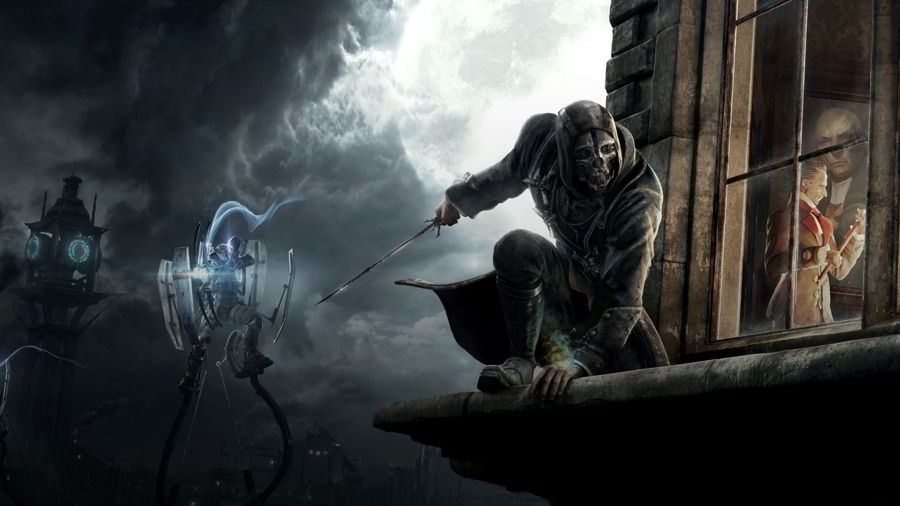
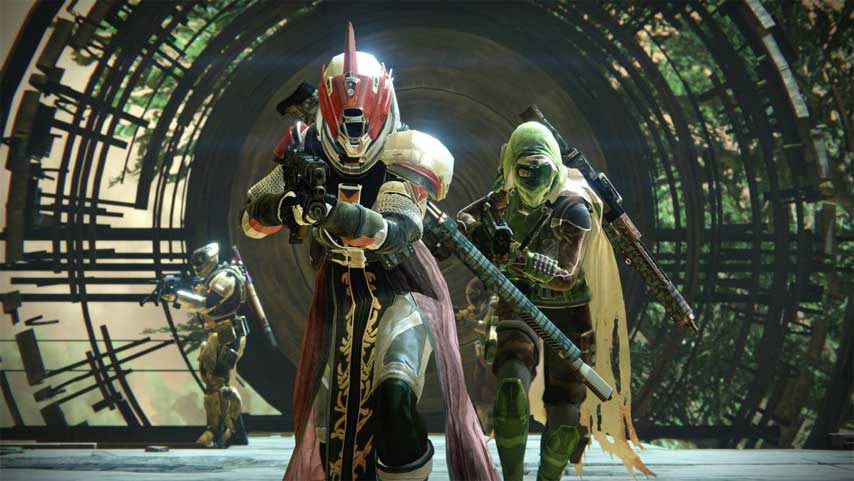

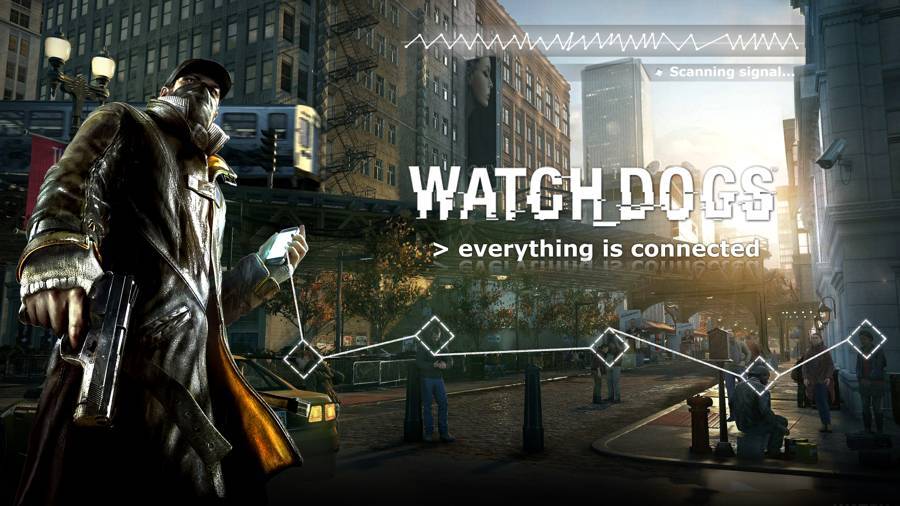
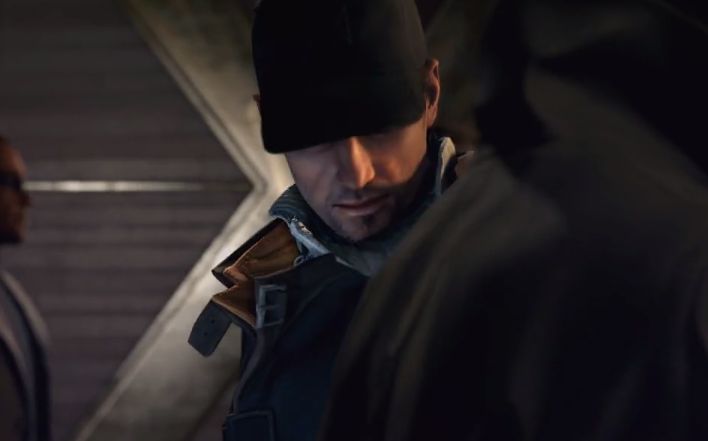 Watch Dogs: Missing Persons Investigations – Finger Paint Killer
Watch Dogs: Missing Persons Investigations – Finger Paint Killer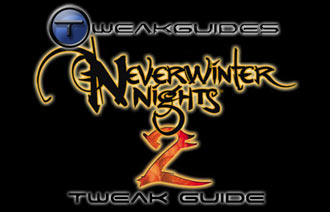 Neverwinter Nights 2 Tweak Guide
Neverwinter Nights 2 Tweak Guide . Plays August 1, 2013
. Plays August 1, 2013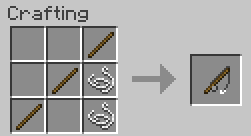 How to make a fishing pole in Minecraft
How to make a fishing pole in Minecraft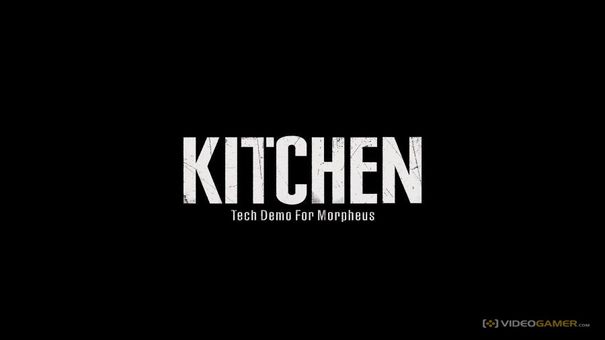 Kitchen highlights the strengths and weaknesses of VR
Kitchen highlights the strengths and weaknesses of VR